
Onboarding new software developers is a standard in the tech industry.
The list of benefits is too long to fit in this introduction—from meeting the colleagues to learning the best coding practices and everything in between.
But with the rise of remote work, onboarding has started to involve some new challenges.
When an employee isn’t physically present in the same office as the rest of the team, it’s easy to get things wrong.
In this article, we’ll describe the mistakes that can happen and how to avoid them.
Table of Contents
Doing the pre-boarding poorly
Pre-boarding is a good opportunity to lay the groundwork for an excellent onboarding experience.
During pre-boarding, you should prepare everything you can to ensure your new employee has a productive first day.
That will help ease their inevitable first-day jitters and get them to a good start.
However, that’s true only if you put in the effort.
When you onboard remote workers, you at least don’t have to worry about setting up a working station and equipment at the office, so there’s no risk of your developers having an experience like this poor soul below.
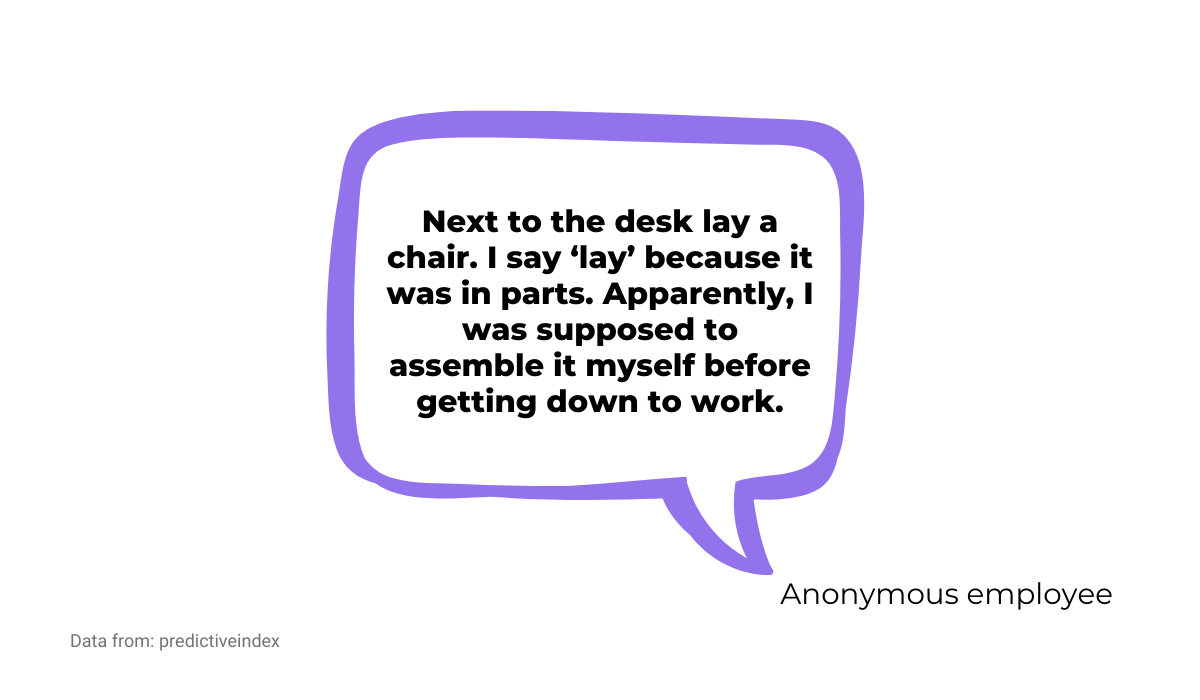
However, making sure you get pre-boarding right significantly improves the first impression you and your business leave on your new hire.
Keep in mind that a developer accepting your job offer doesn’t guarantee that they’ll stay at your company.
According to findings from Robert Half, 28% of candidates back out of a job even after agreeing to take the job.
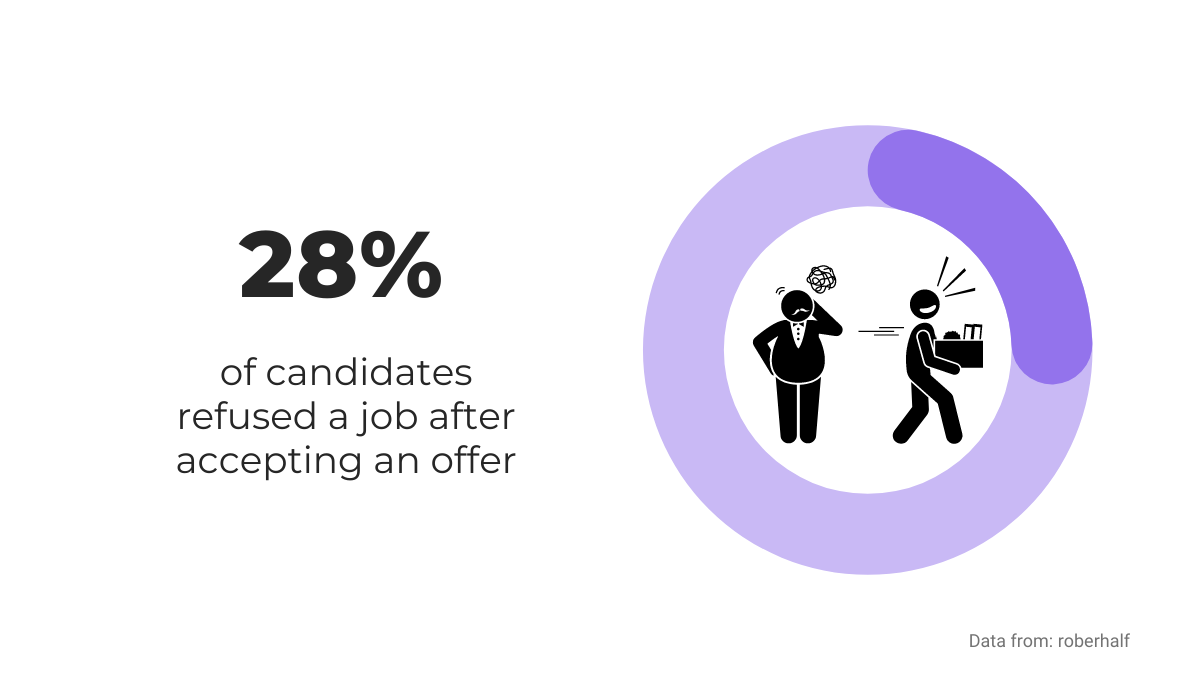
In other words, pre-boarding could be a deciding factor in your new developers’ decision to stay.
Canva is a company that doesn’t leave pre-boarding their remote developers to chance. A month before the new hire starts to work, the company reaches out to them.
They confirm the newcomer’s team and mentor and send the first emails to the new developer’s inbox.

Get unreal data to fix real issues in your app & web.
Setting up the necessary tools and accounts on services like the company email, GitHub, Atom, etc., during pre-boarding ensures a smooth first-day experience for a new developer.
New team members also receive a welcoming package with a hand-written, personalized message from their new employer. That clearly shows how much the company values them.

The company also deals with the paperwork during the pre-boarding; they know that administrative tasks can eat up precious time during the first weeks of onboarding.
At Canva, they don’t forget to welcome new employees on Slack, either. When new hires are added, the whole team can say hi and show some support.
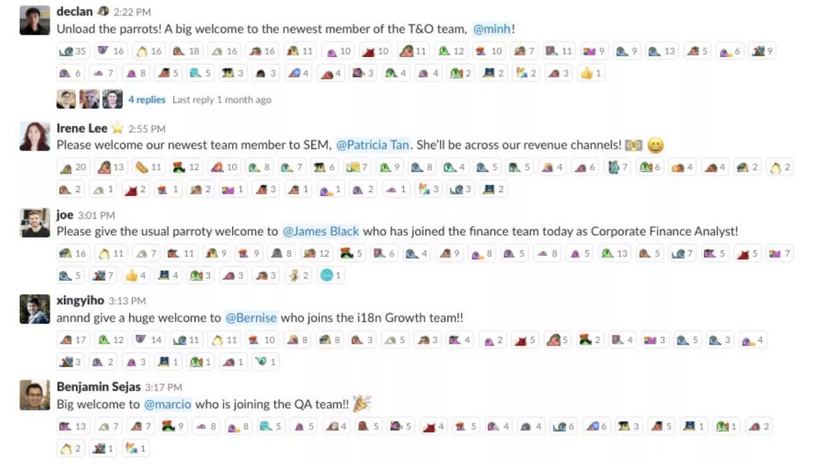
In conclusion, don’t make the mistake of ignoring the pre-boarding phase.
You can do a lot for your new developers even before their first day—show them the company welcomes them, take care of documentation, and set up all the software and tools they’ll use from the start.
If you do that, the onboarding process itself will be much smoother.
Rushing the onboarding process
How long should the onboarding process take? That depends on the company, the complexity of the role, and many other factors. However, one thing is sure—rushing it would be a mistake.
Rushing the onboarding process can put pressure on your new developer and deprive them of that essential time they need to learn the ins and outs of your company and their role in it.
The more time you dedicate to onboarding, the more comfortable your new developer will become.
They’ll have plenty of time to ask questions, familiarize themselves with the project and their colleagues, and feel like a part of the team—which can be especially important when working remotely.
After all, why would you rush a process that has so many benefits?
According to a study done by Brandon Hall Group for Glassdoor, great employee onboarding increases employee retention by 82%.
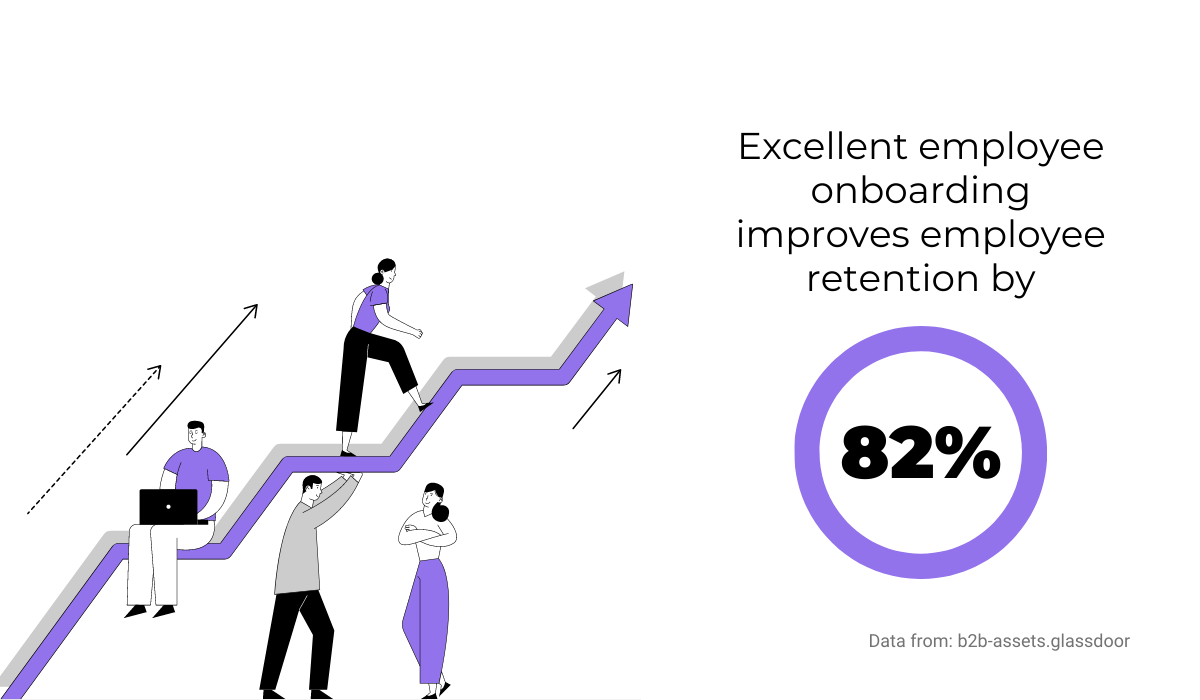
If you’re wondering how much time it takes to reap the mentioned benefits of onboarding, we can look at Mailchimp, a company that made a popular platform for email automation and marketing.
Their onboarding process lasts for three months.
Part of their employees work remotely, so they keep in touch with them through Zoom, and that practice intensified during the COVID-19 pandemic.

They say they don’t rush the onboarding process. During the first week, new developers don’t code, do paperwork or get deep into projects.
Instead, they focus on listening.
The company’s motto is “Listen Hard, Change Fast”, so they encourage their new hires to listen and learn during the 90 days of onboarding to help the company change for the better.
“New hires spend a lot of time reading Wikis and chatting with their teams to learn the ropes. They also need to spend time getting to know their peers, so there’s lots of one-on-one time chatting.”
In short, they don’t make the mistake of rushing the onboarding process, like many companies do, according to data.
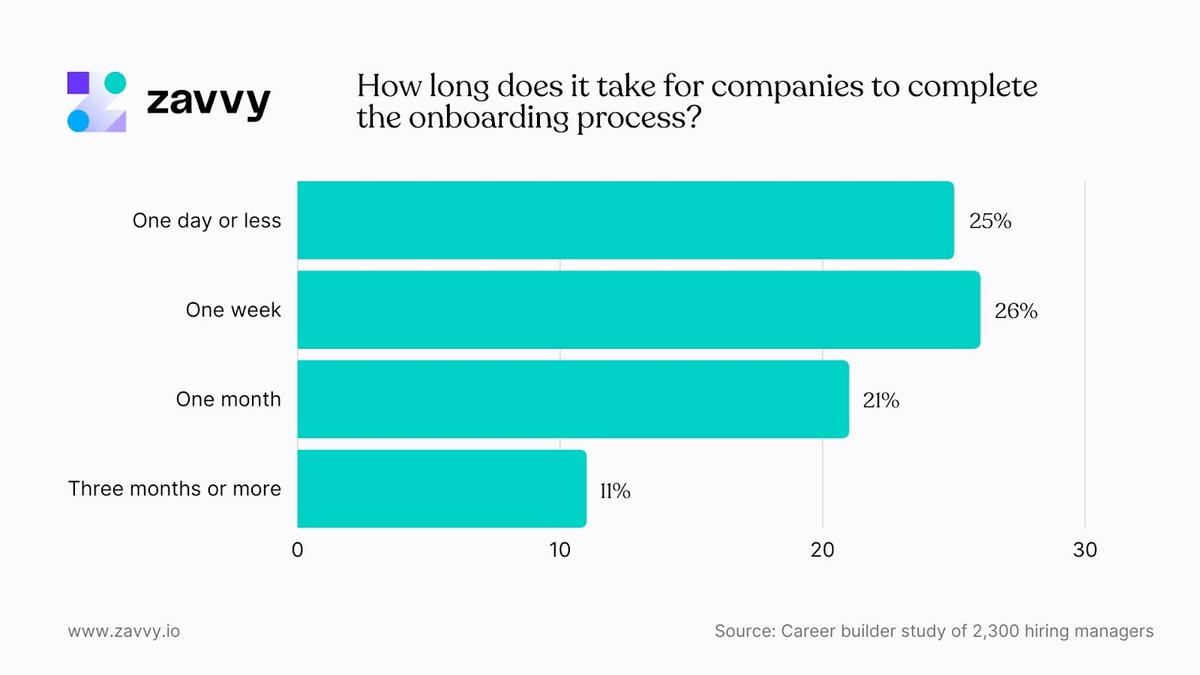
As you can see above, only 11% of companies invest three months or more into onboarding.
Given the amount of new information and settling into a new environment, a few weeks or less certainly isn’t enough time for new developers to feel comfortable, remote or not.
Forgetting to emphasize your company culture
Immersing new developers into your company culture is an integral part of onboarding. Letting that slip by during remote onboarding is a mistake you should avoid.
Whether your employees work from the office or at home, healthy company culture is an element they most likely find important.
A survey by Deloitte supports that—88% of employees said that an emphasis on workplace culture is vital to business success.
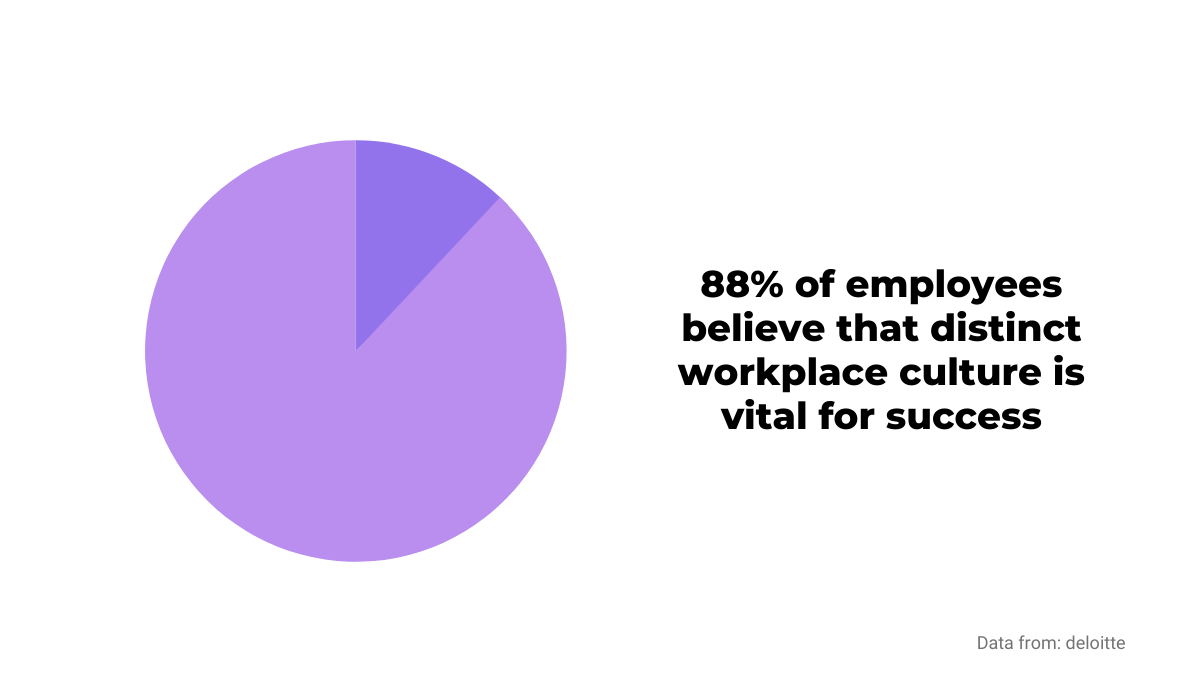
Unfortunately, remote workers are more likely to feel disconnected from the company and coworkers; it isn’t the same working in the epicenter of company culture or experiencing it through the computer screen.
At Buffer, they realized that, so they make an extra effort not to forget to emphasize their company culture.
They initially had a 45-day bootcamp, where the new arrivals came as contractors and worked a probation period.
However, they concluded that a practice like that doesn’t reflect their company culture; besides, it was stressful for the candidates.
So, they started to reconstruct their onboarding process and focused on making remote workers feel more included and valued.
That made perfect sense since the whole company is fully remote.
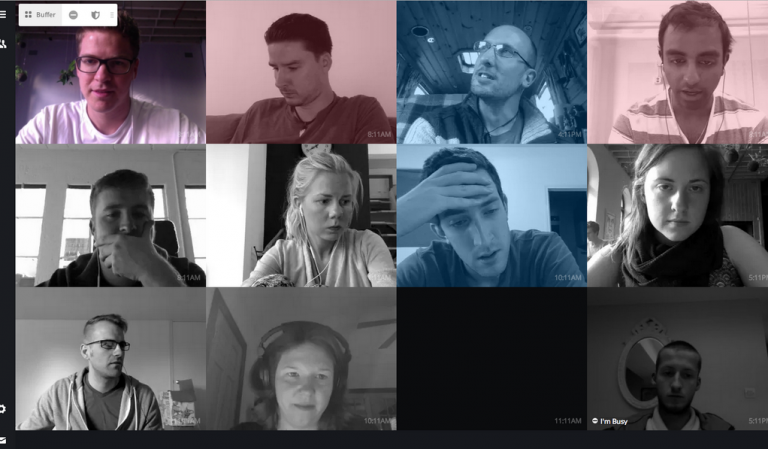
They also timed five onboarding emails and made sure that newcomers regularly met up with their three onboarding buddies—a hiring manager, a culture buddy, and a role buddy.
Those practices ensure that new developers today experience Buffer’s company culture as they intended: a culture of transparency, support, and openness.
The team at Netpeak, a digital marketing agency, also did their best to ingrain their company culture into new employees.
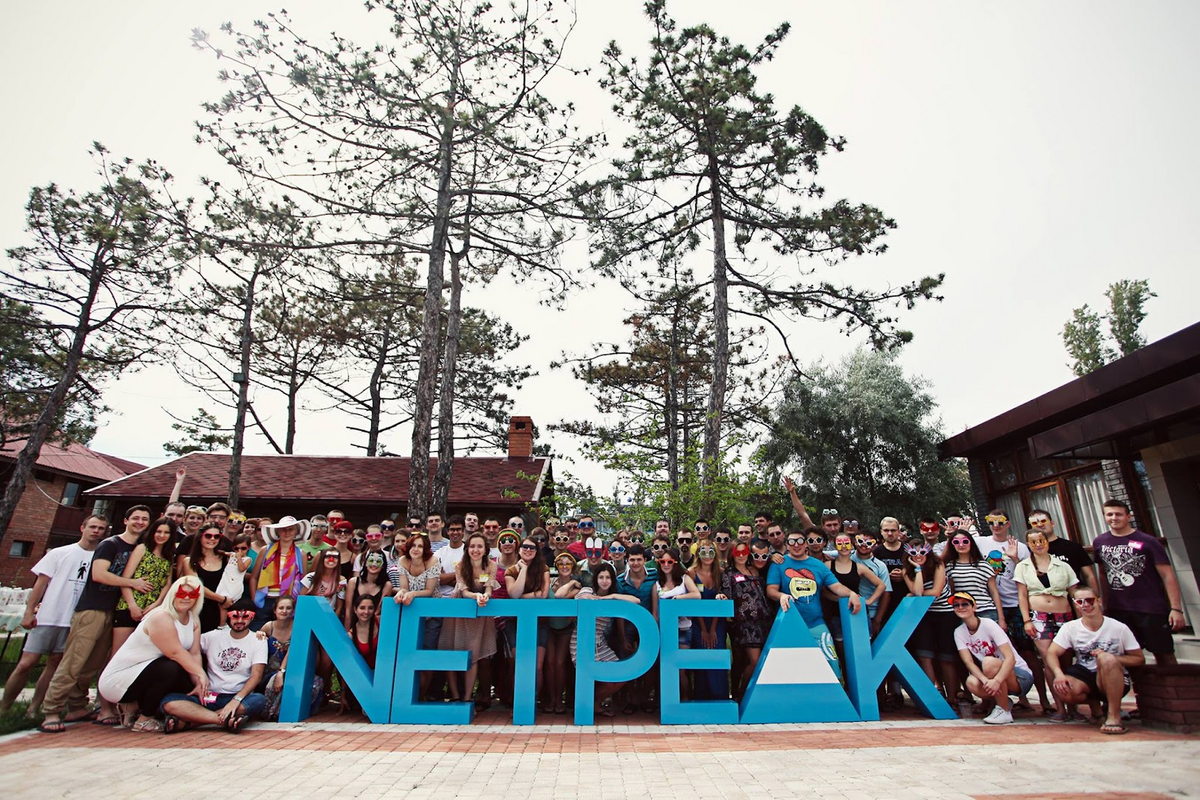
They did it by creating academies on the AcademyOcean platform that showcase what their company is all about.
These courses are filled with stories and videos about the company’s mission, vision, and values, its rules and structure—in short, about the company culture.
Of course, remote workers can access those resources from anywhere, making them a great tool for presenting company culture to anyone.
If you want your remote developers to feel like a part of the team, don’t forget the importance of company culture; it’s what makes your business special.
Not using effective tools specific to remote work
For your remote developers, tools are essential from day one. There can’t be any efficient communication, coding, or productive work without them.
You’re expected to provide them with the necessary software to minimize the drawbacks of not onboarding in the office.
And you shouldn’t take the importance of technology lightly; according to Workfront’s 2021 State of Work Report, 49% of workers are ready to quit if they’re frustrated with the technological tools.
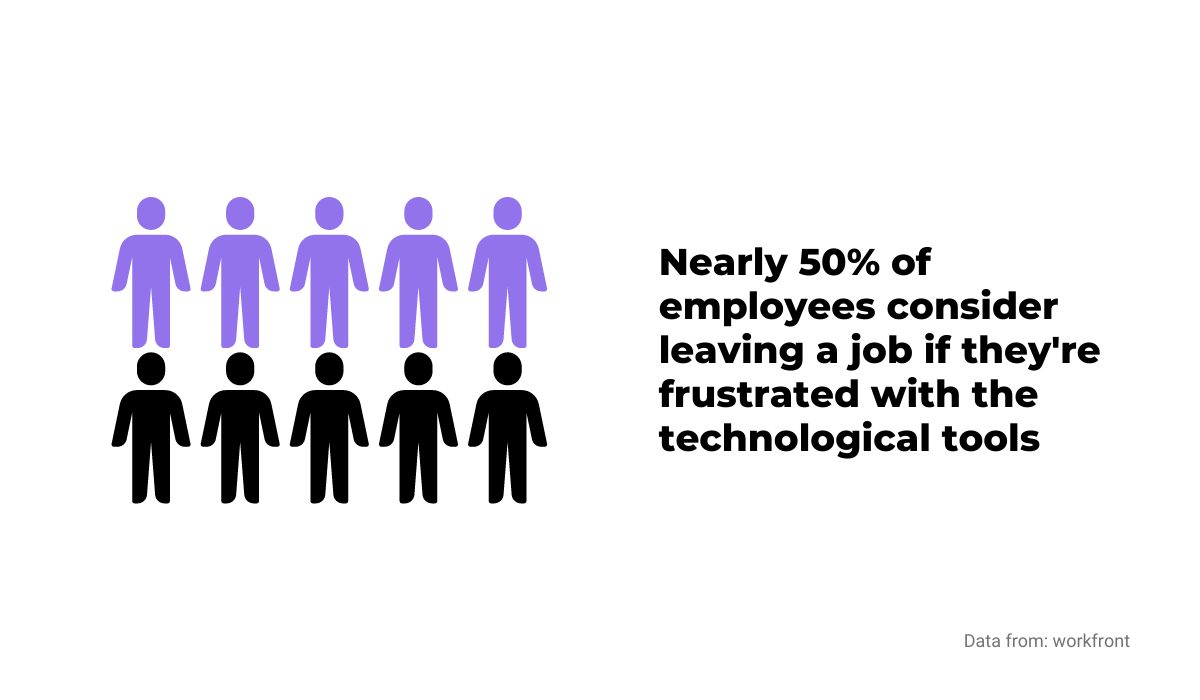
The good news is that today there’s an effective tool for remote work in basically any area, from complex engineering work to bonding with colleagues through chatting about your favorite food.
You should at least invest in a good project management tool and a communication solution.
Regarding the first one, something like ClickUp can cover most of your needs. It’s a project management tool with lots of useful features.
For example, you can see how your remote employee performs with the help of custom dashboards.
For instance, with velocity charts, you can see how long it takes them to complete a task, and cumulative flow charts identify bottlenecks that are slowing down the workflow; all very helpful during onboarding.
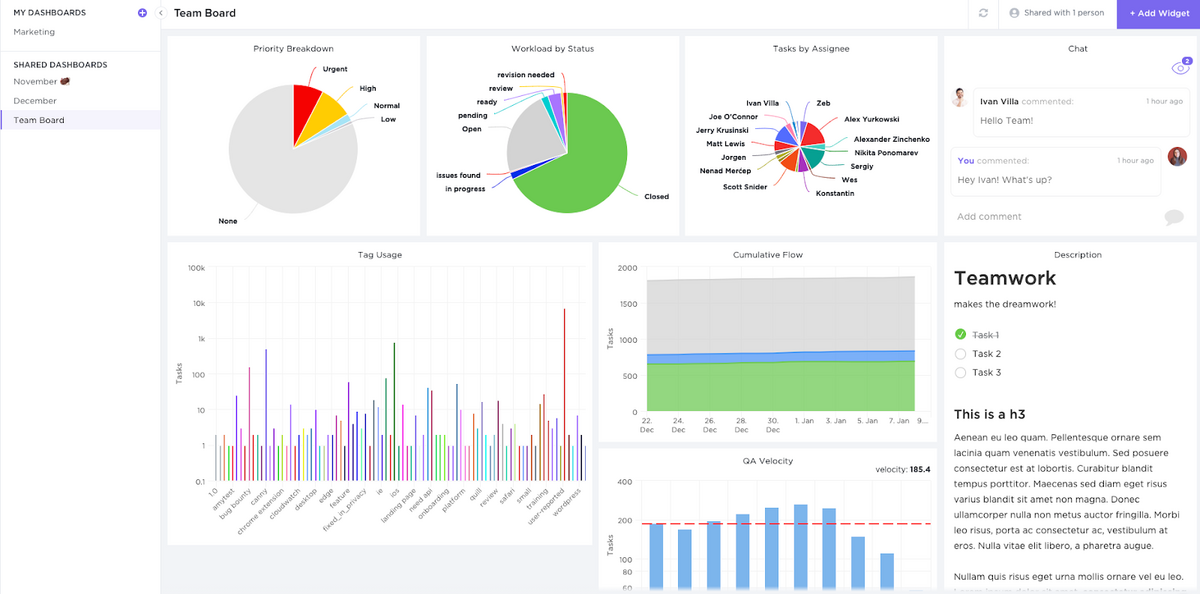
Besides project management, you need a way to communicate with your remote developers and connect them with the rest of the team.
Sometimes it’s hard to break the ice, so something like Donut can be helpful. It’s a way to engage your new developers through automated messages in Slack.
Those friendly messages encourage them to share details about themselves and spark a conversation.
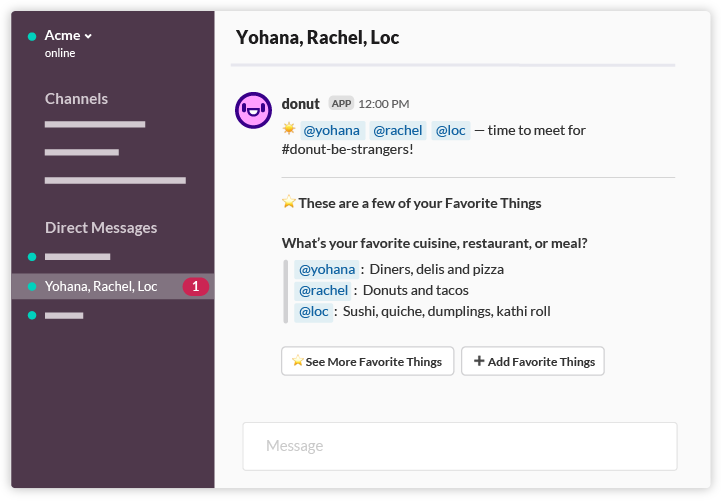
Another interesting feature is randomly pairing your new developers with other team members in a chat. That can be an excellent way to give them a sense of belonging to the team.
Employees at Okta use that feature, and quite successfully at that.

With tools like those we mentioned, you’re able to have a better overview of the onboarding process of your remote developers.
At the same time, they don’t feel like you left them to figure out everything for themselves.
Not investing in the technology you work with can diminish the effectiveness of the onboarding process.
Not setting clear expectations
Your new software developers likely feel at least a little nervous when starting at your company; you probably know that feeling.
If you fail to set clear expectations during onboarding, that feeling will only grow.
That can be even more problematic during remote onboarding; no one can feel comfortable knowing they should prove their worth but not knowing what to do.
Or, even worse, being given a task that was never mentioned during the hiring process, like this experience from one programmer.

Clear goals and expectations are important from the beginning. Your developers should know what to do and how to accomplish it.
As Wiley Cerilli, founder and CEO of multiple businesses, explains, employees begin to trust your leadership when you start setting and hitting goals.
The same is true when you define onboarding expectations for your new developers.
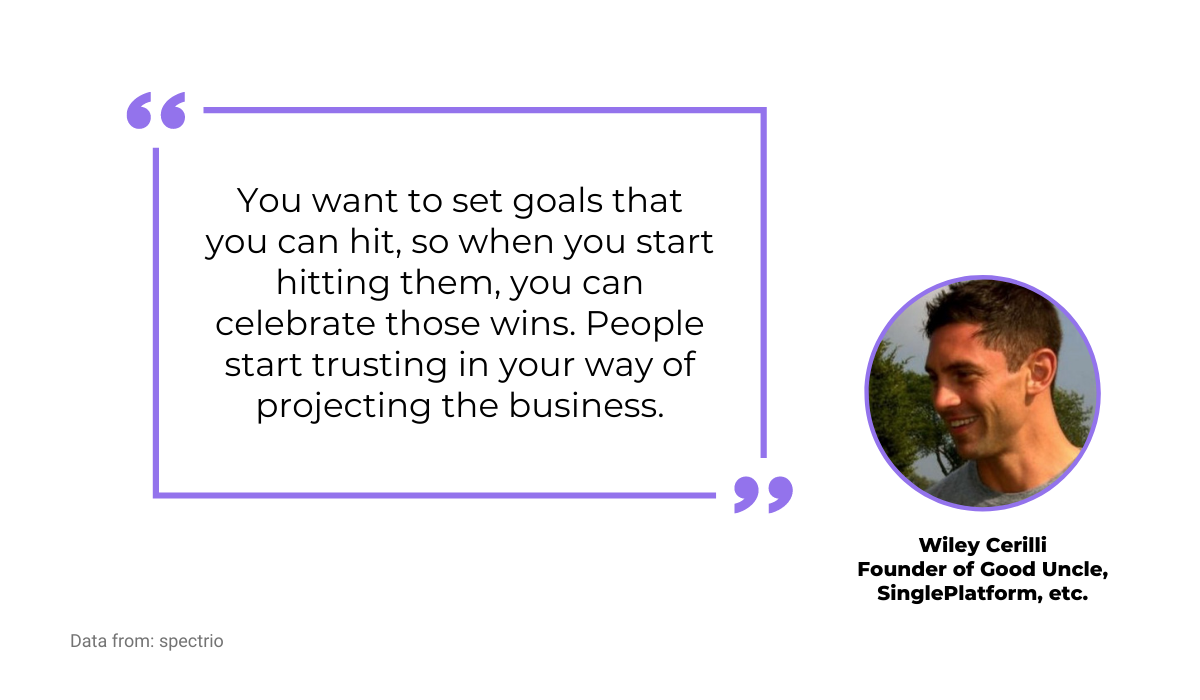
You can set clear expectations for your remote software developers by creating a detailed plan for their onboarding.
Take LinkedIn, for example. Many of their employees had to start their onboarding from home in the past year or two, so the company created a virtual onboarding program.
The program spans over a week, and it’s clearly outlined—every new employee knows what, when, and how for any given task. Below is a schedule for the first two days.
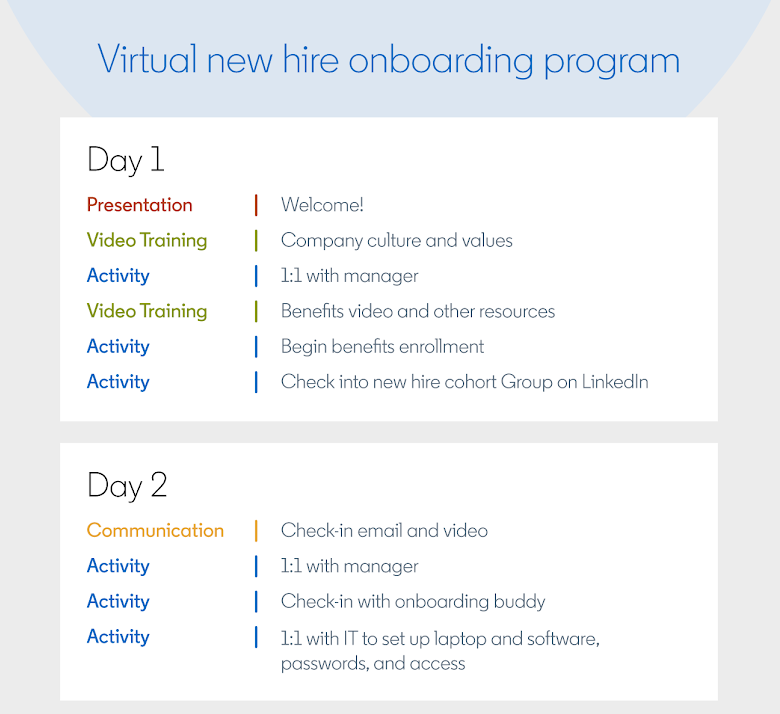
As you can see, a remote developer knows when they’re expected to, for example, begin benefit enrollment, have 1:1 meetings with a manager, or set up software and access to tools.
That kind of structure makes it easier for them to feel productive and on the right track.
Setting up expectations is also important if your onboarding process includes writing code early on.
For instance, you probably don’t expect that code to be perfect right from the start, and that’s reasonable.
However, you should clearly communicate that to the developer so that they don’t feel undue pressure.
In the words of Steve Faulkner, Director of Engineering at Vercel, failure is fine as long as you and your remote developers are on the same page.
“It’s important to be okay with this, communicate it to the dev, and really mean it.”
Not setting clear expectations for your remote developers can make them anxious about their performance and output; try to avoid that mistake to provide them with a more enjoyable onboarding experience.
Forgetting to ask for feedback
The chances are that you aren’t creating a perfect remote onboarding experience on the first try.
You’ll probably want to tweak and change things up, but you need feedback to know what works and what doesn’t.
Of course, the most valuable feedback, in this case, is the one from your remote software developers—the people who actually go through your onboarding process.
Although it’s them who provide the feedback, the practice of you asking for it benefits your developers, too—it shows them that you value their opinion, which boosts their happiness and satisfaction in the workplace.
According to SurveyMonkey data, 63% of people who are “always” or “usually” recognized at work consider themselves “very unlikely” to seek a new job in the next 3-6 months.
Also, 82% of them are happier in the workplace.
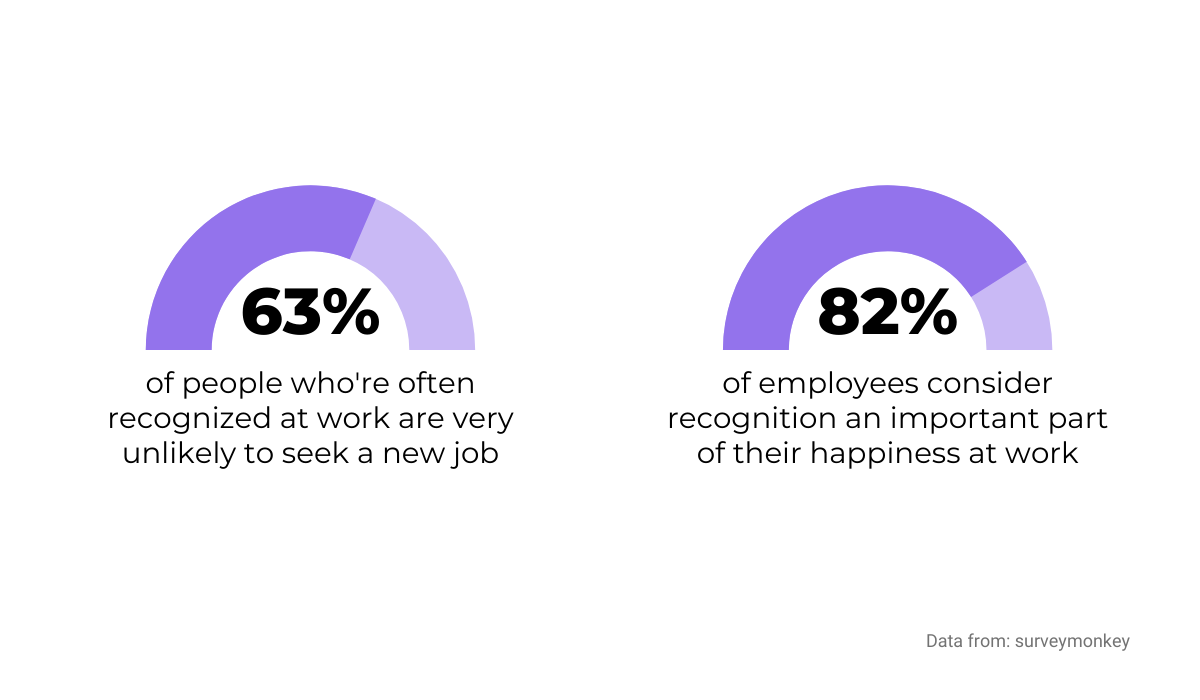
That’s true for the remote employees also. However, asking for feedback can be different when you can’t have an in-person meeting or go to them to see how they’re holding up.
Chloe Oddliefson, Vice-President of Operations at Dribble, expresses a similar sentiment.
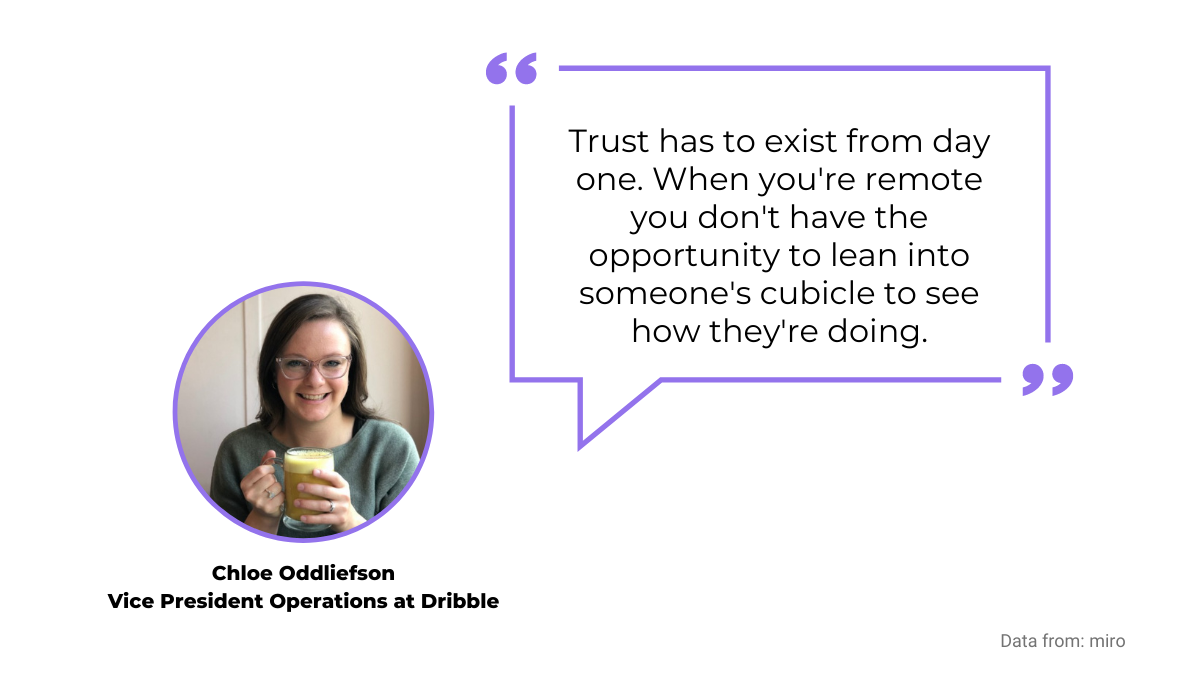
We mentioned LinkedIn and its virtual onboarding program in the previous section.
While creating it, they were aware that it was a new experience for them to conduct onboarding remotely, so they counted on the feedback from their new hires.
They collected it with a short survey. As Kelly Chuck, their program manager, states, creating a welcoming remote environment isn’t easy, so feedback is essential.
“We’re still learning. We’re definitely not perfect, and making people feel welcome in a virtual environment is a huge challenge. The qualitative feedback allows us to improve the program.”
Surveys are an excellent way to collect feedback from your remote developers. You can use different online survey tools for that; one of them is Qualtrics.
It’s an onboarding platform that, among other features, has onboarding experience surveys. You can create your own or use one of their templates, like the one below.
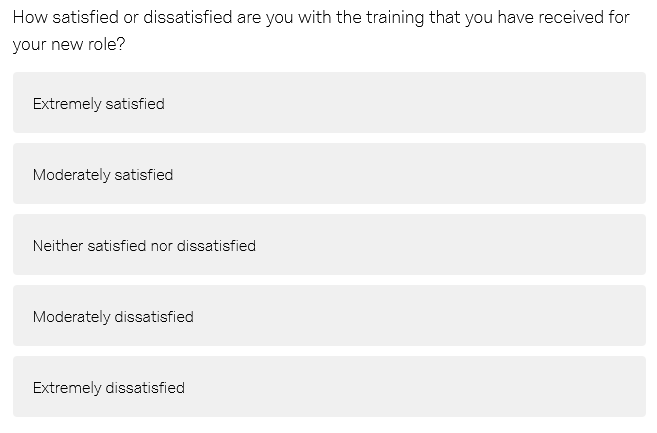
After getting the survey back, you can analyze the answers and see if you have areas in your onboarding process that you need to work on.
Feedback is valuable for both sides.
You can get the actionable information you need to make the challenging process of remote onboarding better, and your remote developers get the opportunity to speak their minds and feel valued.
Conclusion
If you have an excellent onboarding process at your company, that’s great for your employees and business.
However, remote onboarding has its own nuances; the fact that your developers are in a different location can present unique challenges.
Luckily, by avoiding the mistakes we examined in this article, your remote developers should have the same stellar experience as your office workers.




